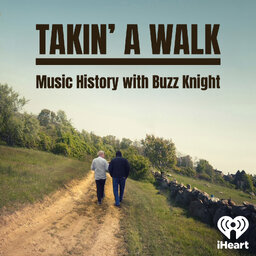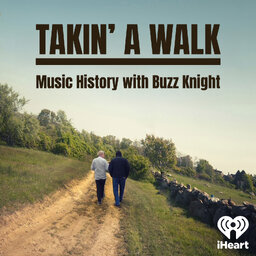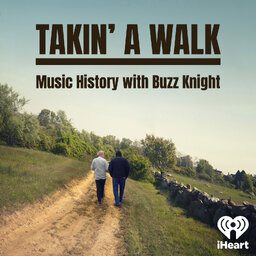Thom Zimny-Director of the new Springsteen Documentary "Road Diary"
Join @thebuzzknight for this in-depth conversation with film director Thom Zimny, discussing the new Bruce Springsteen Hulu Documentary "Road Diary." The film chronicles Bruce and the E Street Band and their latest global tour. You'll love this music interview podcast episode as Thom shares his passion and love for the Boss and his dedication to his craft.
For questions or comments write Buzz@BuzzKnightmedia.com
Connect with Buzz on Twitter @TheBuzzKnight and Instagram @takinawalkpodcast.
Like this show? Share with your friends and leave us a review. Review
 Takin' A Walk - Music History with Buzz Knight
Takin' A Walk - Music History with Buzz Knight


